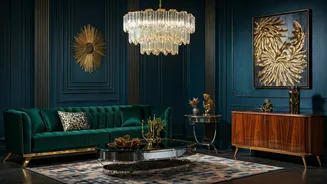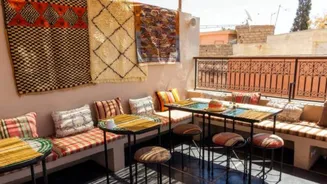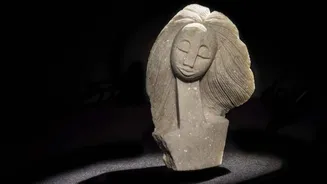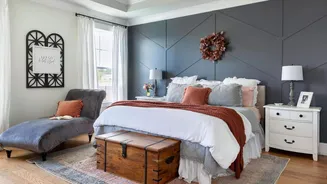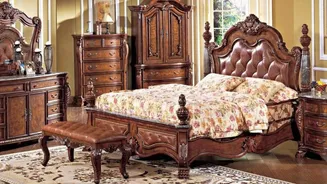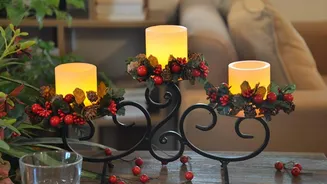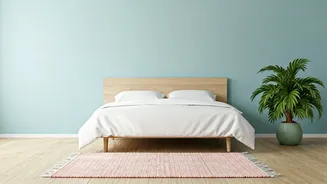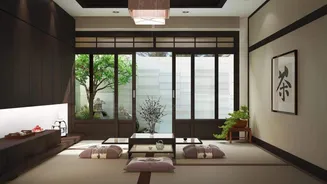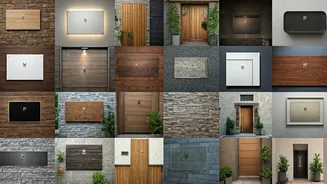Defining Art Deco
Art Deco is more than just a design trend; it's a movement. Born in the 1920s, it rapidly gained popularity, particularly after the 1925 Exposition Internationale
des Arts Décoratifs et Industriels Modernes in Paris. This style embodies luxury, glamour, and modernity, characterized by geometric shapes, rich colors, and opulent materials. The influence of Art Deco spanned architecture, fashion, and the decorative arts, representing a break from the past while embracing progress. It often incorporates bold forms, such as chevrons, sunburst motifs, and streamlined silhouettes. Art Deco design values symmetrical arrangements, using luxurious materials like polished chrome, glossy lacquers, and exotic woods. This aesthetic creates a sense of sophistication and refined elegance in spaces.
Living Room Ideas
Revamping your living room with an Art Deco flair is an exciting project. Start by embracing a palette of rich colors. Think deep emerald green, sapphire blue, or ruby red, which provides a luxurious foundation. Complement these bold hues with neutral tones like cream or gold for balance. Incorporate geometric patterns through wallpaper, rugs, or upholstery. Consider a striking patterned rug that anchors the space, adding visual interest. Another strategy is to incorporate mirrors to enhance light and amplify the sense of space. Place them strategically to reflect light and create depth. Mirrors with geometric frames or Art Deco-inspired designs further emphasize the aesthetic. Metallic accents, such as gold or silver, are essential. Use these in lighting fixtures, decorative accessories, or furniture details to provide a touch of glamour. A brass side table or a gold-framed mirror can elevate the room. Together, these elements transform a space into a luxurious, stylish haven that reflects the Art Deco design era.
Key Features Explored
Several elements define the Art Deco style, which helps to recognize and implement the design. One characteristic is the use of rich and bold colors. The palette often includes deep jewel tones like emerald green, sapphire blue, and ruby red, adding a sense of luxury and opulence. Geometric patterns also play a critical role, including chevrons, sunburst motifs, and stylized floral designs. These patterns can be seen in wallpapers, fabrics, and decorative objects, lending a sense of order and sophistication. Luxurious materials like polished chrome, glossy lacquers, exotic woods, and mirrored surfaces are frequently employed. The surfaces add texture, shine, and visual interest. Symmetry and balance is a critical aspect, with arrangements often mirrored across a central axis to achieve a harmonious and visually pleasing composition. Finally, the integration of metallic accents in the form of gold, silver, or brass creates a touch of glamour and sophistication, further reflecting the era.
